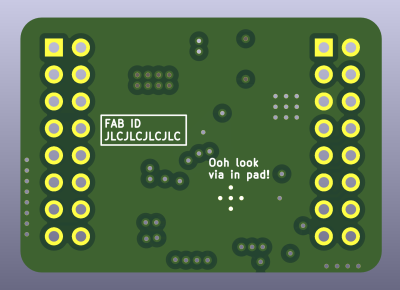This week, Editor-in-Chief Elliot Williams and Kristina Panos convened once again to give the lowdown on this week’s best hacks. First up in the news — it’s giga-sunset time for Gigaset IoT devices, which simultaneously became paperweights on March 29th. And all that Flipper Zero panic? It has spread to Australia, but still remains exactly that: panic.
Then it’s on to What’s That Sound. Kristina failed again, although she was in the right neighborhood. Can you get it? Can you figure it out? Can you guess what’s making that sound? If you can, and your number comes up, you get a special Hackaday Podcast t-shirt.
Then it’s on to the hacks, beginning with the terrifying news of an xz backdoor. From there, we marvel at a 1980s ‘butler in a box’ — a voice-activated home automation system — and at the idea of LoRa transmissions without a radio. Finally, we discuss why you don’t want to piss off Trekkies, and whether AI has any place in tech support.
Check out the links below if you want to follow along, and as always, tell us what you think about this episode in the comments!





















